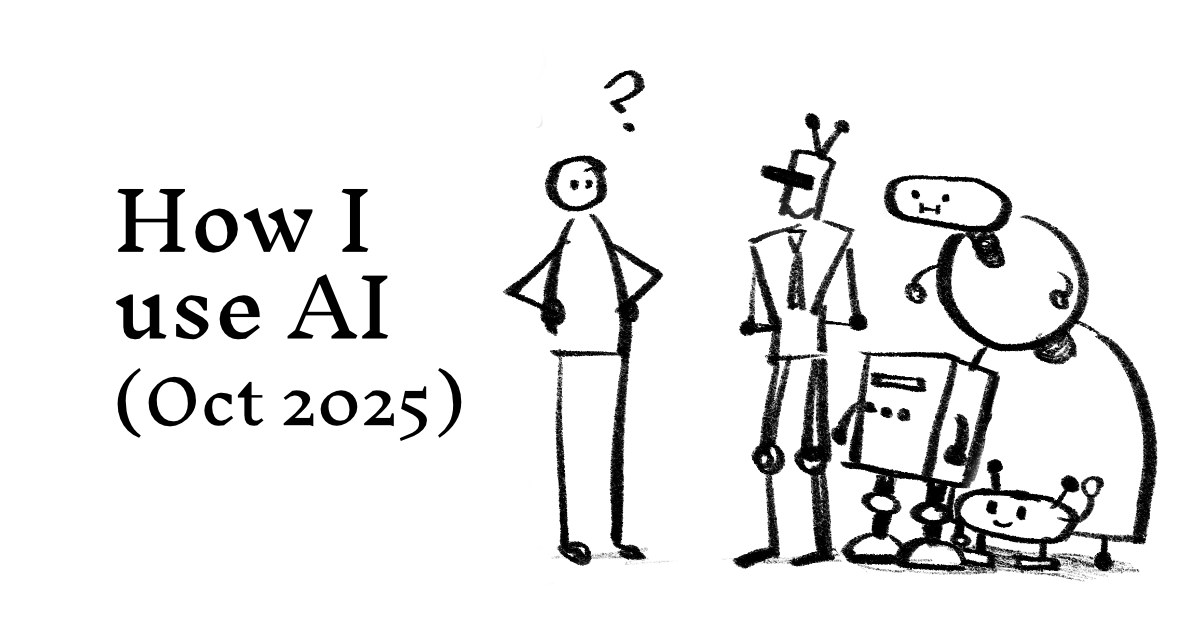Recently, on the last morning of a trip to Italy, I found myself in a quiet suburb of Milan. Determined to get food before the long maze of international travel began, I headed to the plaza at 6 a.m—the plaza with the 600-year-old Renaissance sanctuary, that is, not the one with the 500-year-old baroque basilica—to try and find something, anything really, to eat.
The café there wasn’t anything special by Italian standards, but to me as an American, it was outstanding: a display of fresh pastries and croissants, and an array of fruits, eggs, and sandwiches. Since it was my final day, I splurged and let the waitress-owner pick a sugary raisin pastry for me, and for the next hour, I sipped cappuccinos in the cobblestone square, watching the regulars come and go.
Thanks to the delays and incompetence of Delta Air Lines, it would be another 50 hours before I had my next sit-down meal—in the bland lobby of a chain hotel, sitting on an indistinct service road, four miles from the Atlanta airport. That feast—four eggs on two paper plates with plastic silverware and gas station coffee—was five times as expensive. The eggs weren’t that bad, but the setting was bleak: a sterile corporate design meant to keep costs down while offending as few people as possible.
A crude accounting of cost and calories shows little difference between the two breakfasts, but that’s exactly why such simple measures miss the point. My meal in Italy was uplifting; the one in Atlanta was depressing. The aesthetics of pastries and eggs might seem trivial, but they aren’t—because they point to deeper, more profound differences between two different continents, and two very different cultures.
Maintaining The Free Press is Expensive!
To support independent journalism, and unlock all of our investigative stories and provocative commentary about the world as it actually is, subscribe below.
.png)




